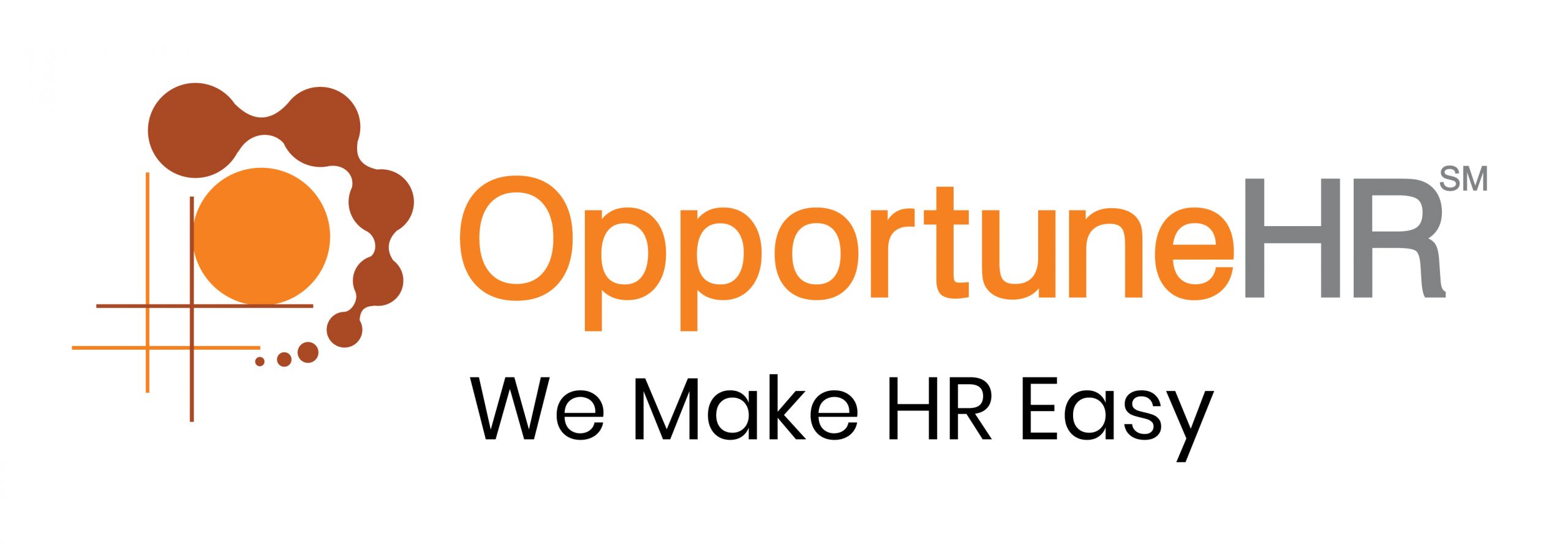Payroll is a sensitive function. Even a small error or discrepancy can arouse anguish in employees. That’s why the role a payroll controller is crucial for maintaining the smooth operation of payroll processes.
A payroll controller is responsible for overseeing and managing the payroll function, ensuring accurate and timely payment to employees while maintaining compliance with relevant laws and regulations.
A payroll controller contributes to the well-being of an organisation?
The payroll controller’s role requires meticulous review and validation of data, the accuracy of calculations, and thorough reconciliations.
That’s why when it is salary time, payroll managers and controllers work overtime. They must be saluted for handling the complexities of payroll and minimizing the risk of errors in employee pay.
They are the silent warriors who ensure that employees are compensated correctly. And the organisation remains compliant.
But while we are celebrating their hard work, should we not ask the question that must be asked–
Why do payroll people need to do such hard work when online payroll software with controller modules are available?
Why not make their job easy? Why not make them more efficient?
And also be more organised as an organisation!
Here Is How A Cloud-Based Payroll Controller Improves Payroll Function–
Payroll software with a payroll controller dashboard helps streamline and automate the payroll process, making it more efficient and accurate. Here are some ways it helps:
- Centralized Management: Payroll software provides a centralized platform to manage all payroll-related tasks. The payroll controller dashboard allows the payroll team to access and control various payroll functions from a single interface.
- Automated Calculations: Payroll software automates complex calculations such as tax deductions, overtime, bonuses, and benefits. This reduces the chances of errors and ensures accurate payroll processing.
- Time and Attendance Integration: Payroll software systems integrate with time and attendance tracking systems. This integration enables the automatic transfer of employee attendance data, making it easier to calculate accurate wages and manage leave balances. The payroll managers can see all data at a glance on the payroll controller dashboard. No need to shift between screens, and check various documents.
- Compliance with Laws and Regulations: Payroll software helps ensure compliance with employment laws and regulations. It automatically applies the necessary tax rates and deductions based on the employee’s location and relevant legislation.
- Employee Self-Service: Cloud Payroll software includes employee self-service portals where employees can view and download their pay stubs, access tax documents, update personal information, and submit leave requests. This reduces the administrative workload for the payroll team.
- Reporting and Analytics: Payroll software provides robust reporting and analytics capabilities. The payroll controller dashboard allows the payroll team to generate various reports, such as payroll summaries, tax reports, and workforce cost analysis. These insights help in making informed decisions and identifying trends.
- Time and Cost Savings: A payroll controller dashboard saves time and reduces manual effort. This frees up the payroll team to focus on more strategic tasks, like cost analysis and human resource budgeting.
Payroll software with a payroll controller dashboard simplifies the payroll process, improves accuracy, ensures compliance, and enhances efficiency for businesses of all sizes.
AND SME businesses in particular.
Let us see in detail how online payroll controller achieves greater accuracy and efficiency–
A Payroll Controller Dashboard Can Provide Several Benefits To Payroll Managers.
Here are some ways a payroll controller dashboard helps:
- Real-time visibility: The dashboard provides real-time visibility into payroll data, allowing managers to monitor the status of payroll processes, such as employee time and attendance, tax deductions, and benefit calculations. This helps them stay informed and make timely decisions.
- Data analytics: The dashboard includes various analytics tools that allow managers to analyze payroll data and identify trends, patterns. And also the anomalies. They can generate reports and visualizations to gain insights into payroll costs, labor distribution, and overtime expenses.
- Error detection and correction: Payroll controllers can use the dashboard to identify errors or discrepancies in payroll data. They can perform data validations and audits to ensure accuracy and compliance with relevant laws and regulations. Any errors can be promptly addressed and corrected.
- Efficiency and automation: With a payroll controller dashboard, managers can automate repetitive tasks and streamline payroll processes. They can set up automated workflows for tasks like calculating payroll, generating pay slips, and distributing payments. This improves efficiency and reduces the likelihood of manual errors.
- Compliance management: Payroll managers must ensure compliance with various employment laws, tax regulations, and reporting requirements. The dashboard helps them track the compliances, and generate necessary reports. This ensures that the organisation remains compliant and avoids penalties.
- Employee self-service: Good payroll controller dashboards include self-service features for employees. This allows them to access their pay information, update personal details, and view tax documents. It reduces the administrative burden on payroll managers and empowers employees to manage their own payroll-related tasks.
We feel these are enough benefits to go for a cloud based payroll software, one with a good payroll controller dashboard.
But still, some business owners ask–
“Our payroll manager is good, and for our size, we can handle with Excel sheets and desktop payroll software. Why should we invest in cloud HR software?”
The answer is–
- The payroll work is complex and involves multiple departments. So errors creeps in at some point in capturing and transferring data.
- Most SME organisations don’t have an expert, dedicated payroll controller on the team. To ensure accuracy, payroll managers have to check and recheck calculations multiple times…And still: Many errors go unnoticed.
- Implementing cloud payroll with advanced dashboard would help you avoid costly payroll mistakes. And will enable one-click payroll generation!
Discover how one-click payroll pairs with an Online Payroll Controller & revolutionize your payroll process.
The Consequences Of Not Having An Advanced Payroll Controller
The absence of a cloud powered payroll controller can lead to several problems and challenges within an organisation’s payroll management. Here are some of the key issues that may arise:
- Increased Risk of Errors: Without a dedicated payroll controller, there is a higher likelihood of errors occurring in payroll processing. Manual calculations, data entry mistakes, and lack of oversight can result in incorrect employee wages, deductions, and tax withholdings. These errors can lead to disgruntled employees, financial discrepancies, and potential legal and compliance issues.
- Non-Compliance with Laws and Regulations: Payroll laws and regulations are complex and subject to frequent changes. Without a knowledgeable payroll controller to stay updated with these changes, organisations unknowingly violate compliance requirements. This can result in penalties, fines, legal disputes, and damage to the organisation’s reputation.
- Inefficient Payroll Processes: A payroll controller plays a critical role in streamlining payroll processes and ensuring efficiency. Without their presence, there may be inconsistencies in how payroll is processed, lack of standardized procedures, and delays in payment processing.
- Data Security Risks: Payroll data contains sensitive personal and financial information of employees. When such information is collected in Excel sheets and uploaded manually, there are chances of such data getting leaked. This is one of the major factor in SME organisations.
- Inefficient Record-Keeping: Maintaining accurate payroll records, including payslips, tax filings, and other documentation is complex. So various inconsistencies remain in record-keeping practices.
All SMEs experience this inefficiency when they face difficulties in retrieving historical payroll data when needed. This leads to challenges during audits, financial reporting, and when resolving disputes related to payroll.
Conclusion:
SME businesses should implement a cloud-based payroll software with an advanced payroll controller dashboard. As it provides real-time visibility into payroll data, and enables managers to monitor the status of payroll processes. It helps them analyze payroll costs, and identify trends and anomalies.
Such a dashboard also enables quick and easy error detection and correction.
With automation and streamlined workflows, the dashboard improves efficiency and reduces manual errors. Moreover, it tracks compliance with employment laws and regulations, generates necessary reports, and empowers employees with self-service features.
By leveraging the benefits of a payroll controller dashboard, SME businesses can optimize their payroll management and ensure smooth operations.








